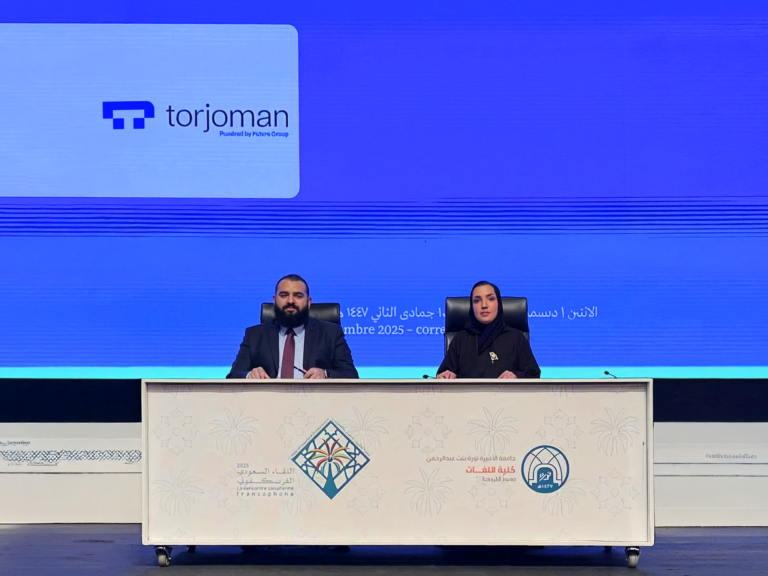SEO translation and localization are always confused to be interchangeable. While, in reality, both have entirely different goals.
Expanding your business to foreign markets cannot solely be accomplished without having SEO tactics in mind on the one hand and appealing to the culture of your target market on the other hand.
Thus, SEO translation and localization complete each other, and performing mere translation for your website content will not come up with any satisfactory results.
In this blog, we will show the differences between SEO translation and localization by explaining the definitions and processes of each and how to use both efficiently. Let’s dive into this.
SEO Translation
It is quite different from normal translation in the way that it applies international SEO strategies while translating. Straightforwardly, SEO Translation is the translation of websites including website content, blogs, landing pages, Meta descriptions, title tags, product pages, and even Google and Facebook ads to rank high in search engines.
It can be described as a word-for-word translation that translates the content of your website while having agreed on SEO keywords in mind that will help optimize your multilingual website in search engines the same way as you do for your original website.
Most importantly, SEO translators should have the following qualifications to be able to put your website on the top of search engine rankings:
- Having solid SEO knowledge including meta tags, meta descriptions, and URL structures
- Being native in the target language
- Understanding well every marketing concept and being able to handle marketing translation
- The ability to conduct effective research and use search engine tools like SEMrush or Ahrefs
At Torjoman, we have the best and highest-quality website translation services including SEO multilingualism that help you boost traffic and increase sales revenues.
How Does the SEO Translation Work?
We can summarize the SEO translation process into the following steps:
- The SEO translator conducts SEO research to pick the potential keywords that customers use to search for your products or services.
- The SEO keywords are translated into the target language providing more than one possible translation for each.
- The translator prepares a list of possible translated keywords and selects the translated keywords with higher search volumes.
- The final step is translating the website and all the related content with these selected keywords in mind together with Meta titles and Meta descriptions to make sure that your website ranks higher in search results.
SEO Localization
We all know that localization is the adaptation of any cultural nuances of any content to attract new markets. When it comes to websites, translators should pay great attention to the metaphors, idioms, and any language subtleties and change or create content accordingly. Localization opens the gate for a great deal of creativity and refuses any kind of literal translation.
Similarly, SEO localization is the adaptation of SEO keywords to meet the cultures and requirements of target customers. Normally, people differ in the way they use search engines and every domain has its unique search terms. Thus, localization works on adapting the website content to be relatable to the keywords used by your target customers and to sound natural to them which helps turn your website visitors into leads and customers.
The SEO localization may or may not include a translation. For instance, if you are expanding your British website to attract U.S. customers, you will not need a translation in this context. Yet, localization is a must here as the same English words may have different meanings for both the British and the U.S. people.
Therefore, the translator who performs the localization should be a native speaker because he/she understands well how customers in his/her country search for items or services, which keywords they usually use in search engines, and which CTAs (calls to action) will best grab their attention.
What will happen if you used machine translation or any kind of literal translation? In fact, translating your website on a word-for-word basis will not consider any cultural differences between the source language and the target language resulting in customer confusion and rapid leaving for your website.
Summing up
If you are planning to shift your website to be multilingual, you have to realize that applying both SEO translation and localization is crucial to successfully engage with your new audiences. The former makes your content rank high in search engines, and the latter ensures its cultural acceptance. Every market has its unique culture, preferences, and search keywords. Thus, make sure you adapt your website in a way that target customers will not suspect for a while that it is not original.
In a world where online shopping has become one of its important norms, globalizing your website has become a necessity. Torjoman helps you globalize your website by making its content appealing to new markets.







